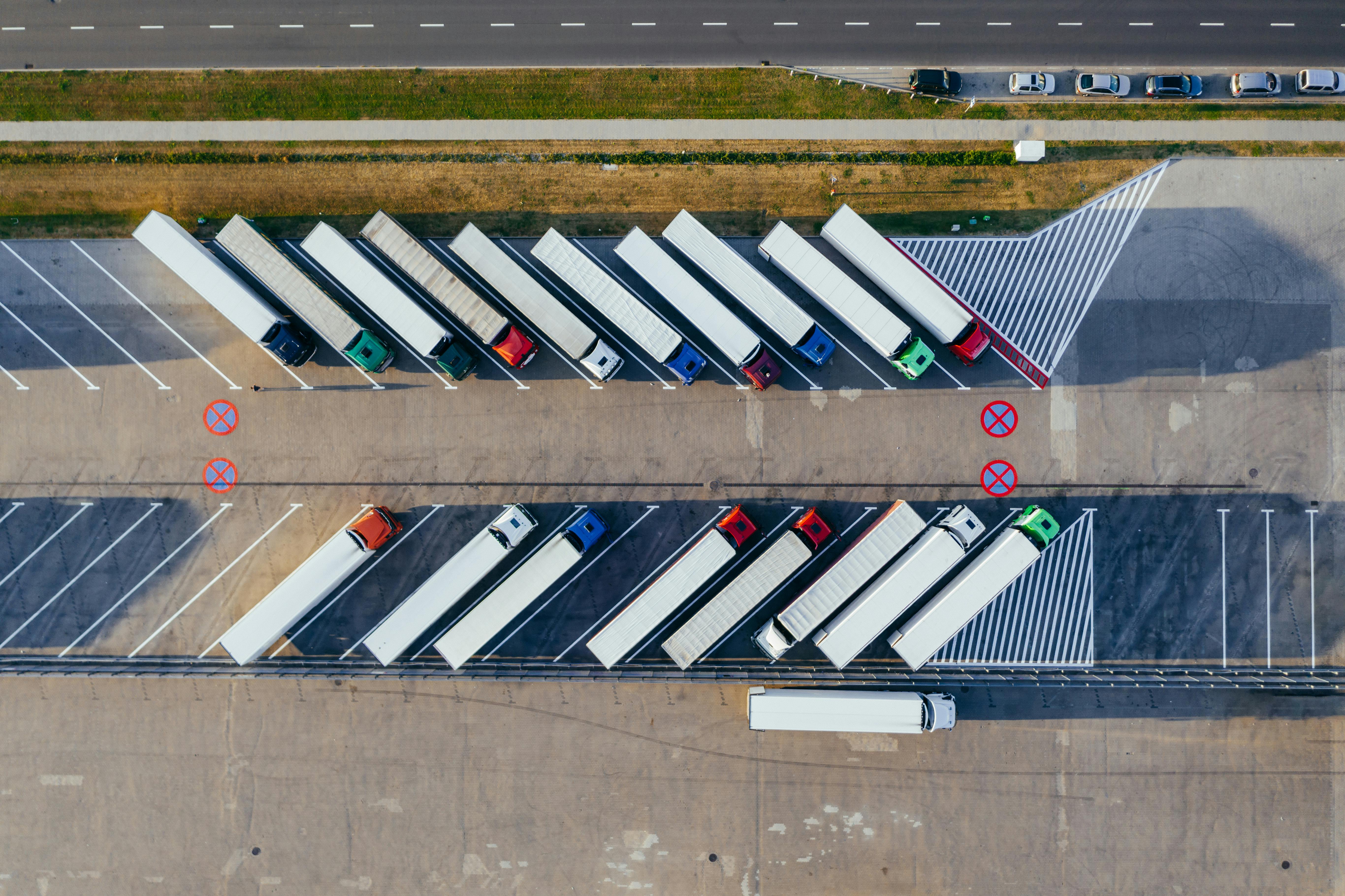Auto telematics represents the most mature insurtech use case, as it has already passed the test and experimentation phase.
Connected insurance represents a new paradigm for the insurance business, an approach that fits with the mainstream
Gen C, where “C” means connectivity. This novel insurance approach is based on the use of sensors that collect and send data related to the status of an insured risk and on data usage along the insurance value chain.
Auto telematics represents the most mature insurtech use case, as it has already passed the test and experimentation phase. It is currently being used as an instrument for daily work within motor insurance business units. In this domain, Italy is an international best-practice example: Here, you can find at the end of 2015 half of the 10 million connected cars in the world have a telematics insurance policy. According to the
SSI’s survey,
more than 70% of Italians show a positive attitude toward motor telematics insurance solutions. According to the
Istituto per la Vigilanza sulle Assicurazioni (IVASS), about 26 different insurance companies present in Italy are selling the product, with a 19% penetration rate out of all privately owned insured automobiles in the last quarter of 2016. Based on the information presented by the European Connected Insurance Observatory, the Italian market surpassed 6.3 million telematics policies at the end of 2016.
See also: Telematics: Moving Out of the Dark Ages?
Based on this data, we can identify three main benefits connected insurance provides to the insurance sector:
- Frequency of interaction, enhancing proximity with the customer while creating new customer experiences and offering additional services
- Bolstering the bottom line, through specialization,
- Creating and consolidating knowledge about the risks and the customer base.
The insurance companies are adopting this new connected insurance paradigm for other insurance personal lines. The sum of insurance approaches based on IoT represents an extraordinary opportunity for getting the insurance sector to connect with its clients and their risks.
The insurers can gradually assume a new and active role when dealing with their clients—from liquidation to prevention.
It’s possible to envision an adoption track of this innovation by the other business lines that are very similar to that of auto telematics, which would include:
- An initial incubation phase when the first pilots are being put into action to identify use cases that are coherent with business goals;
- A second exploratory phase that will see the first rollout by the pioneering insurance companies alongside a progressive expansion of the testing to include other players with a “me, too” approach;
- A learning phase in which the approach is adopted by many insurers (with low penetration on volumes) but some players start to fully achieve the potential by using a customized approach and pushing the product commercially (increasing penetration on volumes);
- Finally, the growth phase, where the solution is already diffused and all players give it a major commercial push. After having passed through all the previous steps in a period spanning almost 15 years, the Italian auto telematics market is currently entering this growth phase.
The telematics experience teaches us two key lessons regarding the insurance sector:
- Transformation does not happen overnight. Before becoming a relevant and pervasive phenomenon within the strategy of some of the big Italian companies, telematics needed years of experimentation, followed by a “me, too” approach from competitors and several different use cases to reach the current status of adoption growth.
- The big companies can be protagonists of this transformation. By adding services based on black box data, telematics has allowed for improvements in the insurance value chain. Recent international studies show how this trend of insurance policies integrated with service platforms is being requested by clients. The studies also show that companies, thanks to their trustworthy images, are considered credible entities in the eyes of the clients and, thus, valid to players who can provide these services. If insurance companies do not take advantage of this opportunity, some other player will. For example, Metromile is an insurtech startup and a digital distributor that has created a telematics auto insurance policy with an insurance company that played the role of underwriter. After having gathered nearly $200 million in funding, Metromile is now buying Mosaic Insurance and is officially the first insurtech startup to buy a traditional insurance company. This supports the forecast about “software is eating the world”— even in the insurance sector.
See also: Effective Strategies for Buying Auto Insurance
How can other markets capitalize on the telematics experience and create their own approach?








